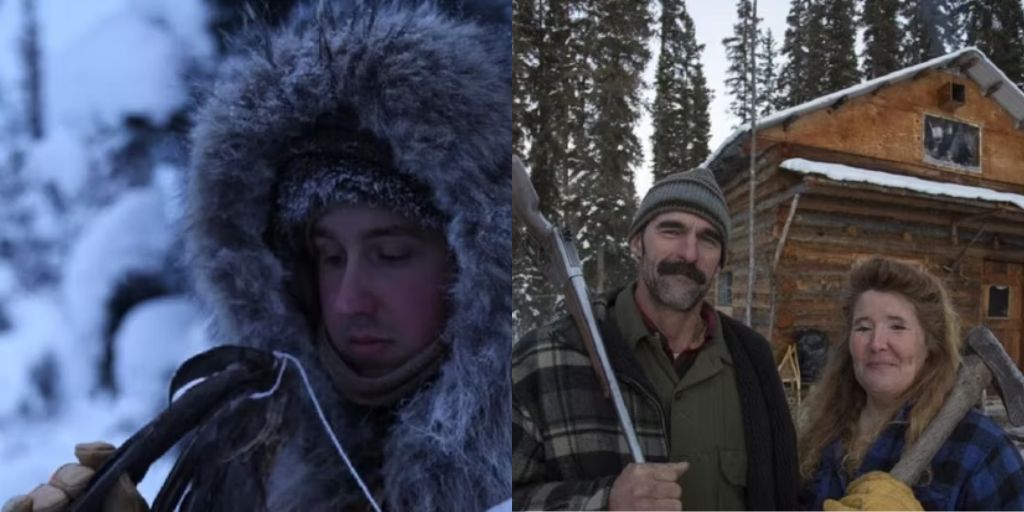When it comes to survival shows, Discovery Channel’s The Last Alaskans deserves more attention. The show started in 2015 and follows the last people living in the remote Arctic National Wildlife Refuge in Alaska. These residents hunt, build, and try to survive in tough weather conditions.
While The Last Alaskans is not the first reality show in Alaska, its charm comes from being unscripted and slow-paced. Unlike other survival shows that often exaggerate drama, The Last Alaskans focuses on the daily challenges of living in one of the harshest places on Earth.
The cast of The Last Alaskans is made up of real families and individuals who have a strong bond with the land. Some cast members grew up in Alaska and follow traditions that have been passed down for generations. Others have moved to Alaska seeking peace and freedom.
While their lifestyle may seem extreme, the show is different from typical reality TV. There is no staged drama, no fights for the cameras, and no desire for fame. Because of this, The Last Alaskans highlights its people, creating a strong and engaging connection with viewers.
When I began watching The Last Alaskans, I thought the survival aspect would be the main focus. However, it is essential to understand that the show is not just about survival skills.
Finding food, water, and shelter is important, but The Last Alaskans emphasizes why the cast chooses to live this way. In the first episode of Season 1, Heimo Korth says, “This is an adventure.
This is joy. You’re bound to nature; nature directs your path.” This quote reveals a lot about his view of life. Heimo Korth and his wife, Edna, do not live in the Alaskan wilderness to show how tough they are.
Instead, they have embraced this remote lifestyle to connect with nature. After living this way for over 40 years, their lives are in harmony with the natural world.

For Heimo and Edna, there is no rush. They live a thoughtful life in the Arctic Circle as they prepare for the long winters. While some may think this sounds dull, I learned to appreciate what it takes to build a life in the wilderness and how fulfilling it can be.
The Last Alaskans is different from traditional survival shows because it does not focus on high-stakes or time limits.
This difference made the show more interesting for me because I could focus on understanding the cast. For instance, in Season 2, Bob Harte shares his struggle with cancer. His health becomes a significant part of the story as the show continues.
His emotional farewell in Season 3 is one of the most memorable moments, and it truly touches your heart. The fact that he chooses to spend his final days alone in the place he loves shows that the cast members of The Last Alaskans are genuine in their emotions.
The show also addresses sensitive topics, such as Harte’s illness and the tragic passing of Heimo and Edna Korth’s daughter, Coleen.
Instead of just adding drama, these emotional moments highlight what it means to be human against the beautiful yet remote Alaskan backdrop.
This authenticity adds depth to the show, allowing viewers to connect personally with the stories of the cast. By the end, there are no favorites; you find yourself rooting for everyone.
Despite these serious moments, the show also has happy times. As someone who has only seen the Alaskan wilderness on TV, I felt connected to Tyler and Ashley Selden’s journey. As first-generation homesteaders, their celebrations, like their first successful moose hunt, feel like personal victories.
The Last Alaskans is filled with small moments of joy from the daily routines of life in the wilderness, contrasting with the grand celebrations often seen on reality TV.





